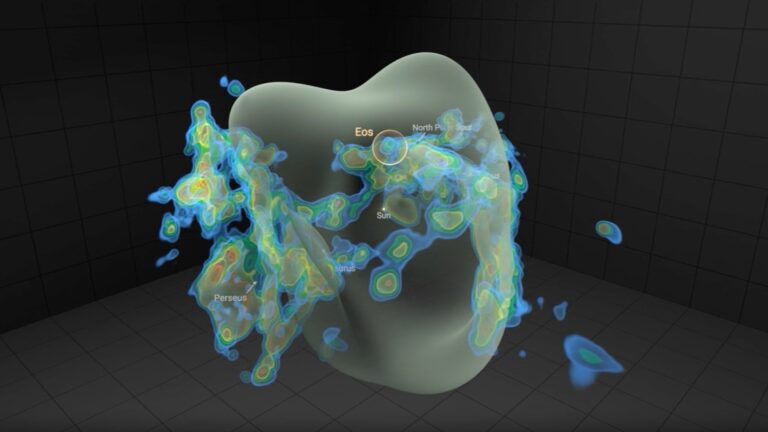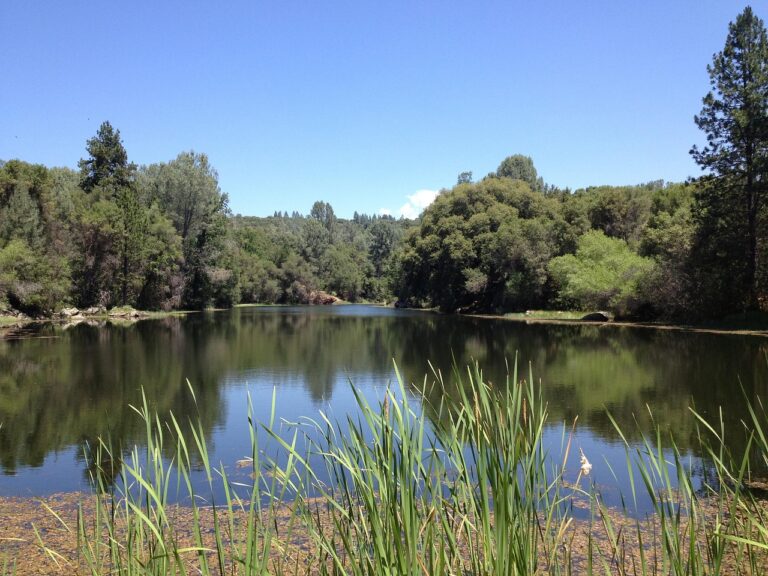Scientists Discovered a Remarkable Lifeform That Conducts Electricity Like a Wire – Yahoo
2025-04-25T13:00:00Z
Found in a mudflat off the coast of Oregon, this organism’s electricity-conducting abilities could make it ideal for bioelectric devices.
Ca. Electrothrix yaqonensis—a cable bacteria discovered along the coast of Oregon—has the remarkable ability to conduct electricity.
According to researchers, this bacteria “stands out from all other described cable bacteria species in terms of its metabolic potential.”
This newly discovered bacteria could be ideal for a variety of bioelectric applications, including in the fields of medicine, industry, and environmental remediation (as the bacteria can transfer electrons to clean up pollutants).
Today, human society is powered by the artificial electricity generated by turbines, nuclear reactors, and photovoltaics. But the very first investigations into the wonders of electricity were biological in origin. Thales of Miletus (considered to be the first scientist in the Western world) pondered on the cause of static electricity, and the electric prowess of eels inspired Alessandro Volta to invent the first battery. You and I are alive today because of the bioelectric field that permeates our cells.
Although we’ve evolved from Volta’s first fish-inspired battery, the world of bioelectricty still has a lot to offer us. That couldn’t be more apparent than in a new study, published this week in the journal Applied and Environmental Microbiology , which details the discovery of a new cable bacteria—built from rod-shaped cells attached end to end—on the central Oregon coast. Named Ca. Electrothrix yaqonensis in honor of the Yaqo’n people on whose ancestral lands the discovery was made, this bacteria is particularly adept at conducting electricity.
Related Story Scientists Turn Bacteria Into Living Hard Drives
Because of their rod-shaped bodies, these cells create filaments that can stretch up to several centimeters in length. A rare feature among bacteria, Ca. Electrothrix yaqonensis’s conductivity likely arises from it’s optimization of metabolic processes in their environment.
“This new species seems to be a bridge, an early branch within the Ca. Electrothrix clade, which suggests it could provide new insights into how these bacteria evolved and how they might function in different environments,” Cheng Li, a postdoctoral researcher at Oregon State University and co-author of the study, said in a press statement. “It stands out from all other described cable bacteria species in terms of its metabolic potential, and it has distinctive structural features, including pronounced surface ridges, up to three times wider than those seen in other species, that house highly conductive fibers made of unique, nickel-based molecules.”
In other words, it’s a bioelectric bacteria on steroids. This could make the bacteria particularly effective in a variety of fields, including medicine, industry, and environmental monitoring. However, its most exciting capability is its use as a tool for pollutant remediation.
Related Story WHO Ranks the World’s Most Dangerous Bacteria
“These bacteria can transfer electrons to clean up pollutants, so they could be used to remove harmful substances from sediments,” Li said. “Also, their design of a highly conductive nickel protein can possibly inspire new bioelectronics.”
Remediation can be one of the most time-consuming and costly aspects of infrastructure projects—particularly if a former brownfield site hopes to be reclaimed as a park or another public space. Having bacteria that can actively clean up the soil thanks to its electric biology could be a huge boon for environmental efforts.
Our understanding of electricity has come along way since Ancient Greece, but the biological world still has more than few electrifying tricks to teach us.
Auto-posted from news source






